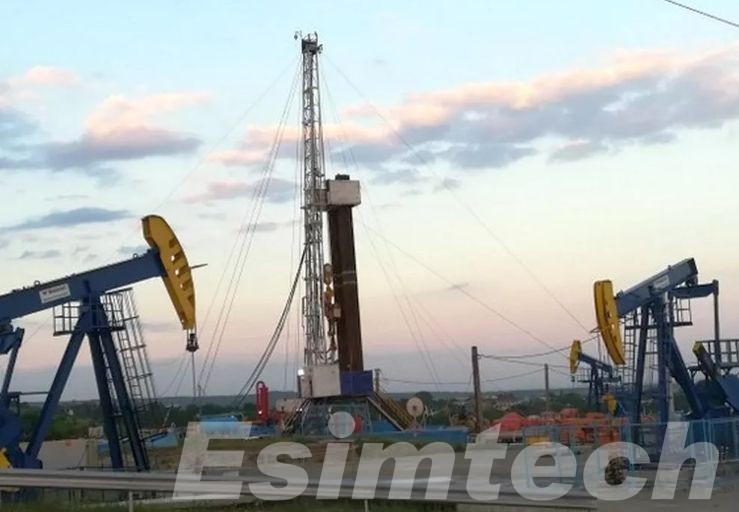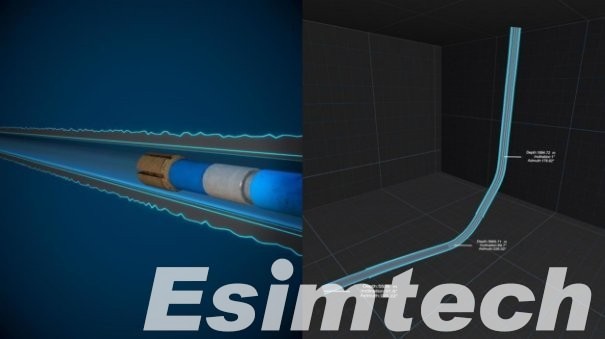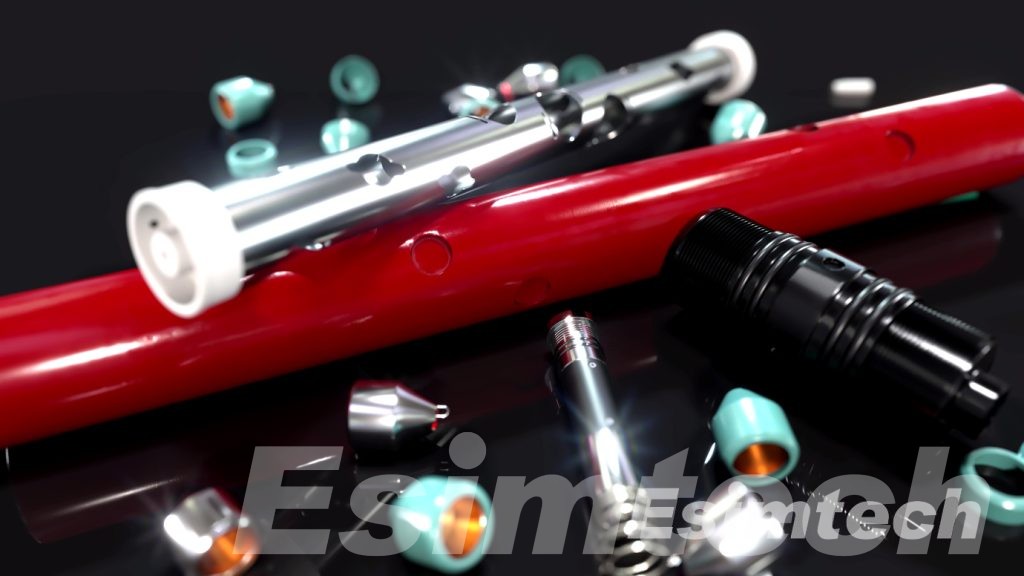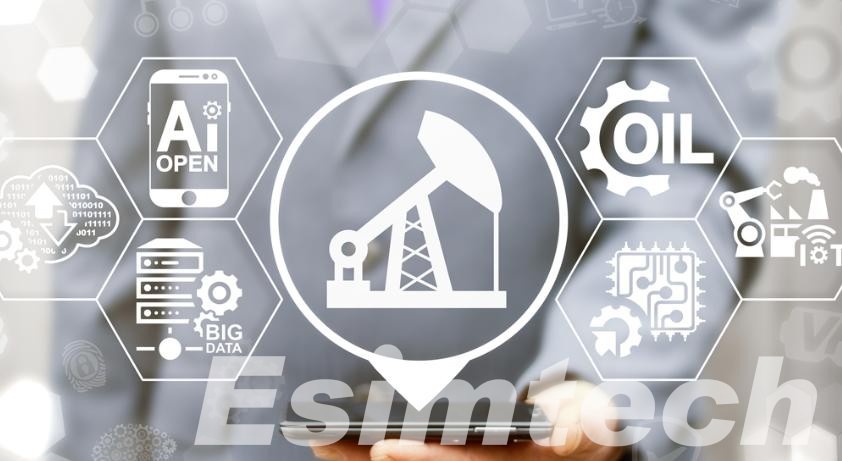How People Do Safety Management in Downhole Operations
The oil and gas industry thrives on pushing boundaries, venturing into the depths of the earth to extract valuable resources. Yet, this pursuit of progress is inextricably linked to a paramount concern: safety. Downhole operations, conducted miles beneath the surface, inherently carry immense risks, making robust safety management an absolute necessity. Let’s delve into why it matters, how it’s done, and the tools that keep people safe in this challenging environment.

Why Should Pay Attention to Safety Management of Downhole Operations
Paying meticulous attention to safety management in downhole operations is imperative due to the inherent risks and complexities involved in extracting oil and gas from beneath the Earth’s surface. Downhole operations encompass a range of activities, including drilling, well completion, and well intervention, which occur deep within the wellbore under challenging conditions. These operations pose significant hazards such as wellbore instability, formation fluid influxes, equipment failures, and blowouts, which can lead to severe consequences such as injuries, environmental damage, production delays, and financial losses if safety protocols are not rigorously followed.
Prioritizing safety management ensures the protection of human lives, the preservation of the environment, and the safeguarding of valuable assets, thereby promoting operational integrity and sustainability in the oil and gas industry.

Key Principles of Downhole Operation Safety Management
- Risk assessment and mitigation: Identifying potential hazards and implementing measures to minimize them is the cornerstone of any safety program. Downhole operations involve diverse risks, from wellbore instability to equipment failure, necessitating comprehensive assessments and tailored controls.
- Training and communication: Equipping personnel with the knowledge, skills, and emergency procedures to handle any situation is crucial. Clear communication protocols ensure everyone understands their roles and responsibilities, fostering coordination and swift response.
- Permitting and procedures: Standardized procedures provide a roadmap for safe operations, covering everything from equipment checks to well intervention processes. Permitting systems ensure proper authorization and adherence to established protocols.
- Incident investigation and learning: Analyzing incidents, near misses, and close calls helps identify root causes and prevent similar occurrences in the future. A culture of learning from mistakes promotes continuous improvement.
- Continuous improvement: Safety management is an ongoing process, not a one-time effort. Regularly reviewing and updating procedures, incorporating new technologies, and adapting to changing circumstances are essential for sustained safety performance.

Specific Techniques and Tools Used in Downhole Operations to Ensure Safety
Downhole operations are inherently risky, necessitating a multi-pronged approach to safety. Here are some specific techniques and tools employed to mitigate risks and ensure the well-being of personnel and the environment:
1. Pre-Operational Phase
- Detailed Planning and Risk Assessments: Utilizing software and expertise, engineers meticulously plan operations, identifying potential hazards like wellbore instability, pressure surges, and equipment failure. Risk mitigation strategies are then incorporated into the plan.
- Rigorous Wellbore Integrity Testing: Prior to any intervention, tools like cement bond logs and formation pressure tests assess wellbore integrity, ensuring it can withstand operational stresses.
- Stringent Equipment Selection and Maintenance: Operators utilize industry-approved equipment rated for specific downhole conditions and adhere to rigorous maintenance schedules, including non-destructive testing, to prevent malfunctions.
- Comprehensive Personnel Training and Competency Assessments: Personnel receive extensive training on safety procedures, emergency response protocols, and specific equipment usage. Regular competency assessments ensure they possess the necessary skills and knowledge.
2. Operational Phase
- Real-Time Downhole Monitoring Systems: Sensors and telemetry tools provide continuous data on pressure, temperature, fluid flow, and equipment performance, allowing real-time adjustments and proactive responses to anomalies.
- Automated Safety Shut-in Systems: Redundant safety barriers, triggered by pre-defined parameters like pressure spikes or wellbore integrity breaches, automatically shut down operations, preventing escalation of incidents.
- Well Control Procedures and Equipment: Rigorous procedures and specialized equipment like blowout preventers (BOPs) are in place to manage well pressure and fluids, preventing blowouts and spills.
- Clear Communication and Teamwork: Established communication protocols and defined roles ensure clear instructions and coordinated actions during operations, minimizing confusion and errors.
3. Post-Operational Phase
- Incident Investigation and Learning: Accidents and near misses are meticulously investigated to identify root causes and implement corrective actions, preventing similar occurrences in the future.
- Continuous Improvement: Industry best practices and emerging technologies are constantly reviewed and adopted to enhance safety protocols and equipment capabilities.
4. Additional Tools and Techniques
- Digital Twins: Virtual replicas of downhole assets allow for simulations and risk assessments prior to actual operations, identifying potential issues and optimizing procedures.
- Advanced Drilling Technologies: Techniques like rotary steerable systems and downhole telemetry enable greater control and real-time insights, reducing drilling complications.
- Artificial Intelligence (AI) and Machine Learning (ML): AI and ML are increasingly used for predictive maintenance, anomaly detection, and optimizing safety protocols based on real-time data.

Effective safety management requires a commitment to a culture of safety, where everyone involved prioritizes safe practices and actively participates in continuous improvement efforts. By utilizing these techniques and tools in conjunction with a strong safety culture, downhole operations can be conducted with minimized risks and maximized safety for personnel and the environment.
Conclusion
Safety management in downhole operations is not just a box to tick; it’s a commitment that permeates every aspect of the work. By embracing key principles, employing advanced tools, and fostering a culture of continuous improvement, companies can ensure the well-being of their people, protect the environment, and operate responsibly in this challenging yet vital industry.

